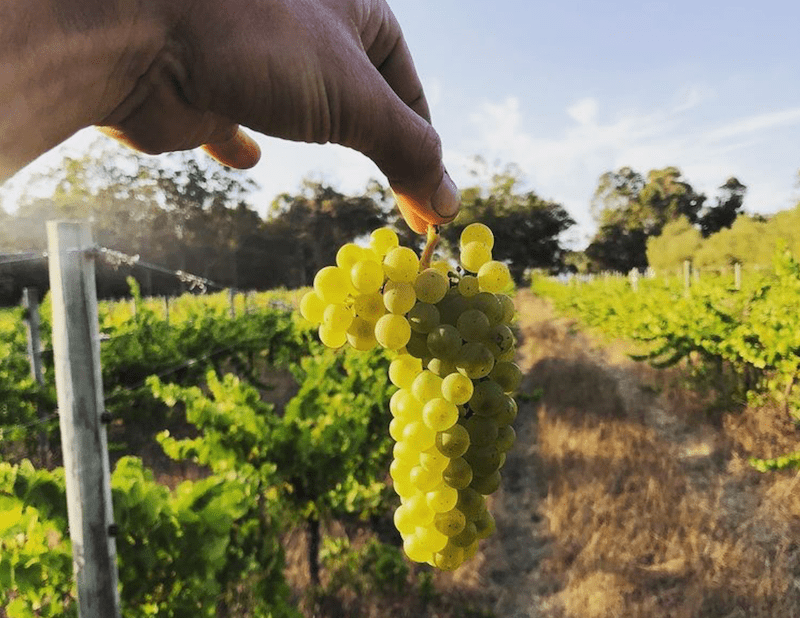
The 2022 Australian winegrape crush is estimated to be 1.73 million tonnes, two percent below the 10-year average and 13.5 percent below the 2021 record crush of 2.01 million tonnes, according to the National Vintage Report 2022 by Wine Australia.
The total estimated value of the 2022 crush at the weighbridge was $1.21 billion.
This was a decrease of $335 million (22 percent) compared with the record 2021 value, but $60 million more than in 2020 and $8 million higher than in 2018, a year when the crush was two percent larger. The value reduction compared with 2021 was a result of the reduced crush, combined with a reduction in the overall average value.
The reduction in crush compared with 2021 is the equivalent of approximately 190 million litres of wine – more than the most Australia ever exported to mainland China in a 12-month period.
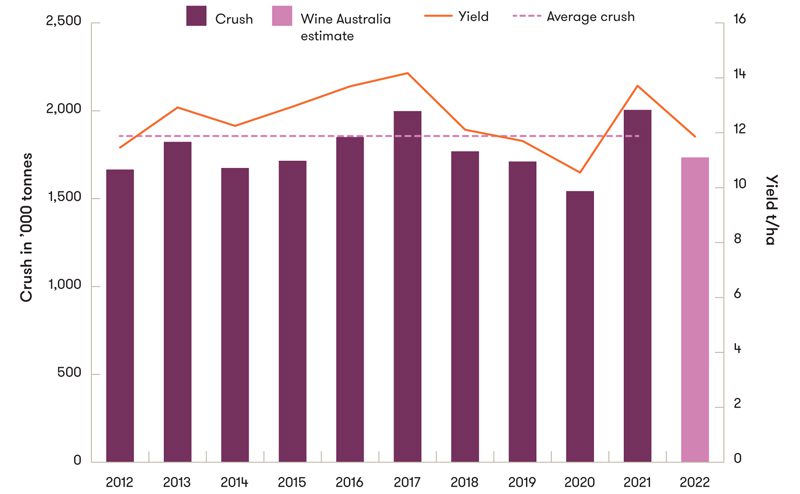
Figure 1. Australian winegrape crush and average yield 2012-2022.
Wine Australia Manager, Market Insights, Peter Bailey, said the reduction in volume was likely to be the result of a combination of seasonal influences and adjustments made by winemakers to market conditions and winery production capacity limitations.
“After a record high vintage in 2021, a lower yield in general was expected due to reduced cropping potential. This natural variation was compounded by a number of significant seasonal effects – in particular heavy widespread spring and summer rainfall across much of the eastern half of Australia and a number of significant hailstorms,” Mr Bailey said.
“Apart from seasonal effects, the 2021-22 season was challenging as a result of winery production capacity limitations going into vintage following the record harvest in 2021, compounded by reduced exports to mainland China and severe shipping disruptions that caused delays and escalated costs.
“Lack of winery production capacity, together with reduced exports and softening prices for red wines, may have resulted in wineries and growers reducing their overall production and/or intake of grapes – particularly red varieties. However, it isn’t possible for our survey to separate normal seasonal fluctuations in yield and weather events from active strategies to reduce intake.”
The red winegrape crush was 959,131 tonnes, down by nearly 200,000 tonnes (17 percent) compared with 2021, while the white winegrape crush decreased by 79,500 tonnes (nine percent) to 775,129 tonnes, causing the share of white varieties to increase to 45 percent of the total after falling to 43 percent in 2021.
“Demand is shifting back in favour of white varieties,” Mr Bailey said. “The average value for white winegrapes has increased every year since 2014, and in 2022 was the highest since 2008.”
The average value across all purchases in 2022 decreased by 10 percent to $630 per tonne. This decrease was made up of a 15 percent decline in the average value of red winegrape varieties to $707 per tonne, partly offset by a two percent increase in the average value of white winegrape varieties to $548 per tonne.
Mr Bailey noted that the average value for red winegrape varieties had declined for the past two years from a peak of $871 in 2020, but looking across a five-year perspective, it was higher in 2022 than it was in 2017 and 46 percent higher than it was in 2011 (see Figure 2).
“Experiences differed across the country but there is no doubt that some grapegrowers have had a very tough year, with seasonal conditions and profitability hit by the significant reduction in red winegrape prices combined with escalating costs including fuel, fertiliser and energy,” Mr Bailey said.
“Looking forward from this vintage, growing demand through the joint strategies of market intensification and market diversification is the key to ensuring sustainable winegrape prices.
“Pleasingly, data is showing that there is demand for Australian wine in our major export markets such as the United States and the United Kingdom, particularly in premium price segments.
“There is also growth in a range of Asian markets, including Singapore, Japan, South Korea, Vietnam, Thailand and Taiwan. Wine Australia is working with the sector to identify new opportunities in these markets and in others, as well as developing new products and channels within the Australian domestic market.”
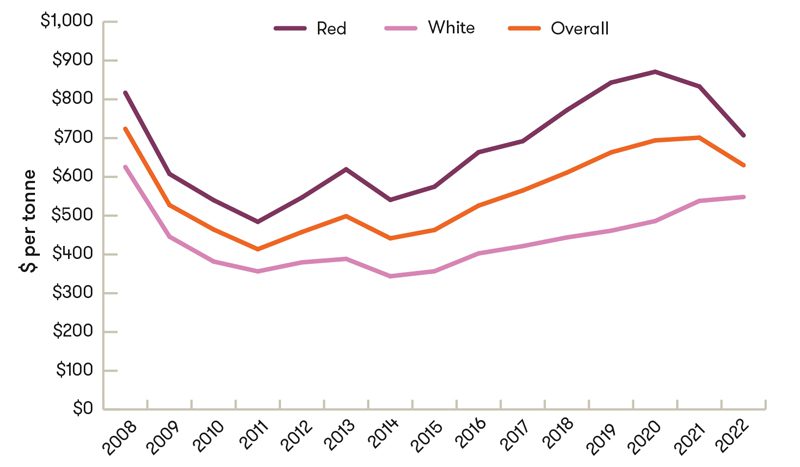
Figure 2. Average winegrape purchase value by colour 2008-2022.
The full report is available from www.wineaustralia.com/market-insights/national-vintage-report and all vintage survey statistics from the past eight years is available on Wine Australia’s dashboard, https://marketexplorer.wineaustralia.com/vintage-survey.
Main photo: LS Merchants, Margaret River (Instagram).
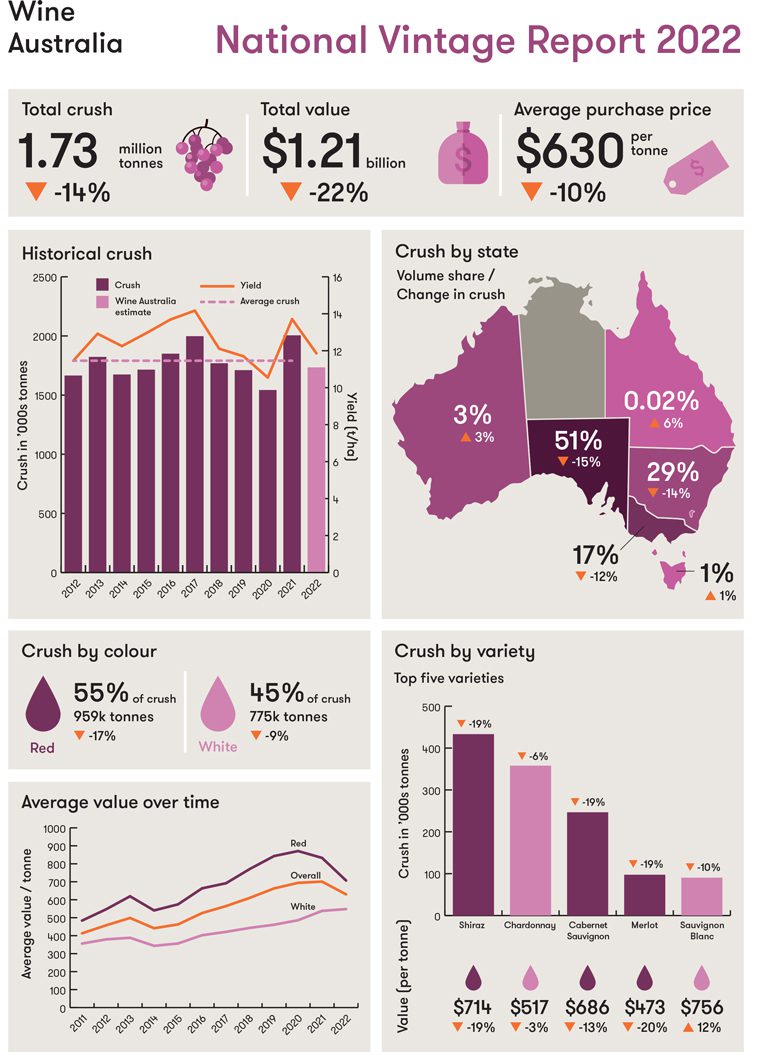
Related content







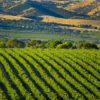





Recent Comments